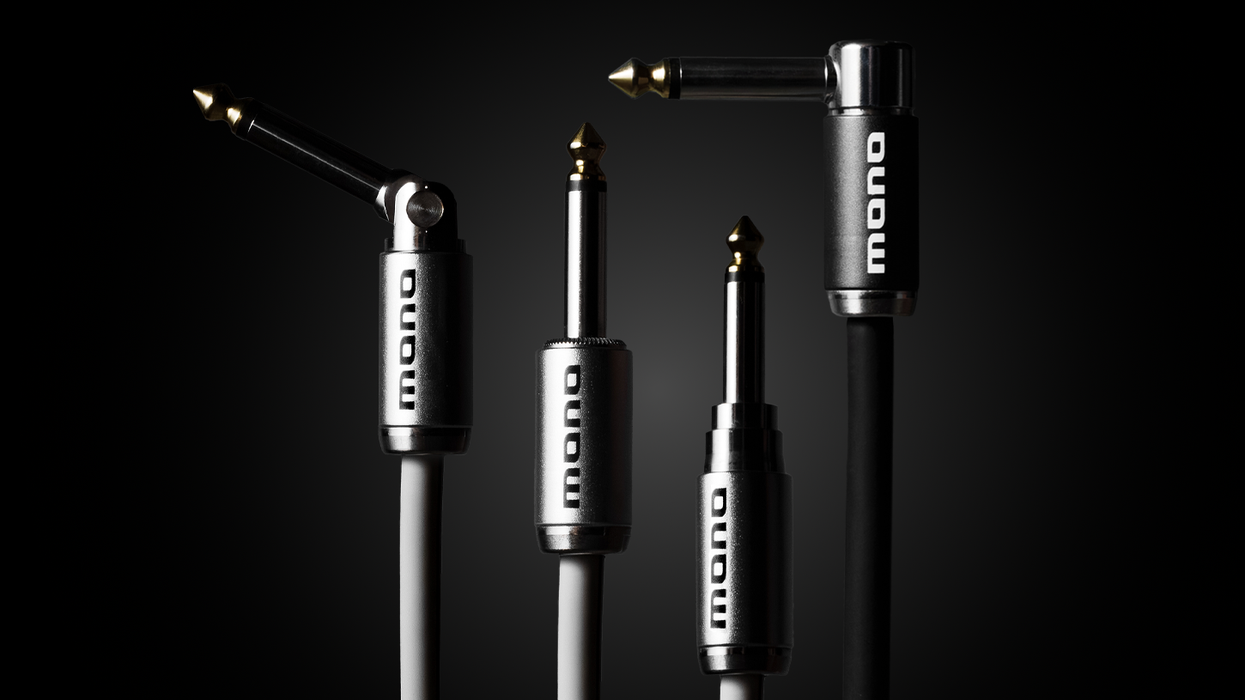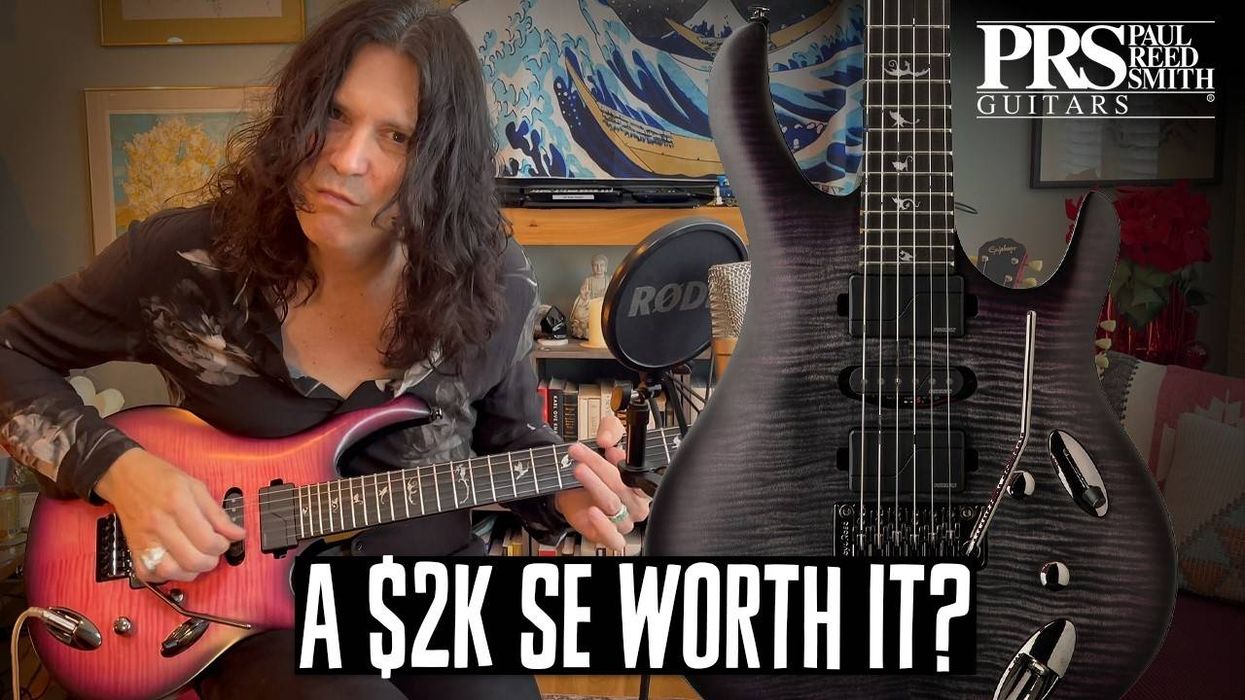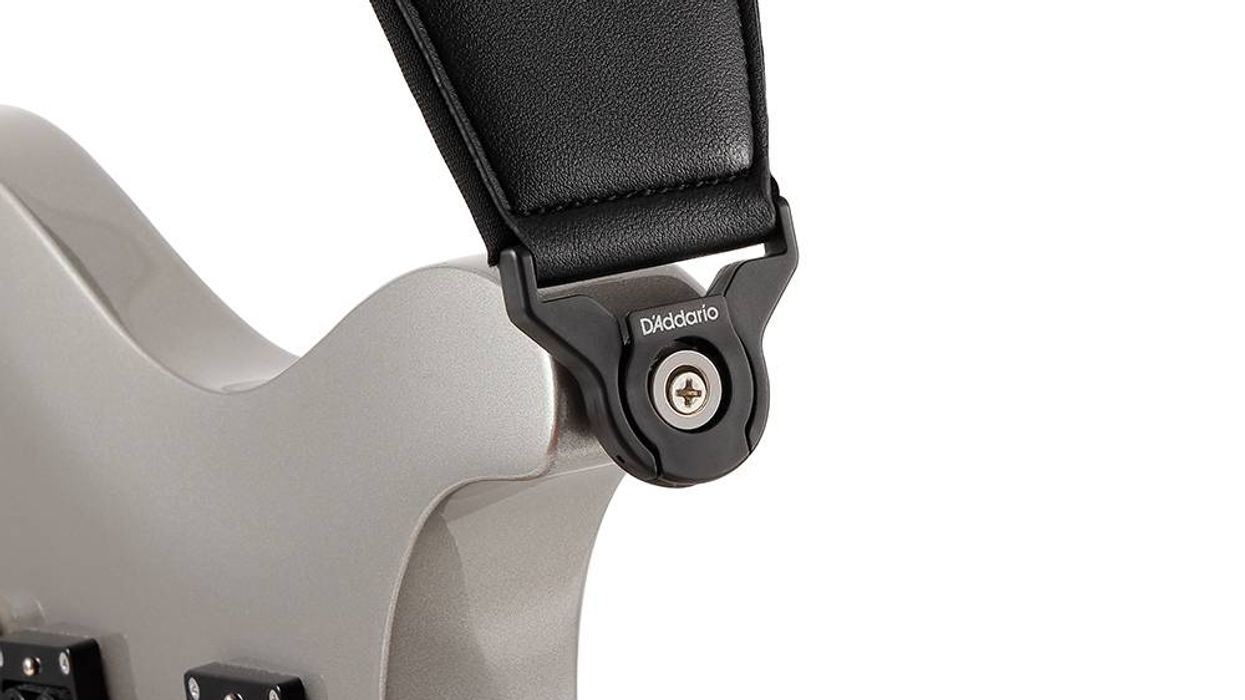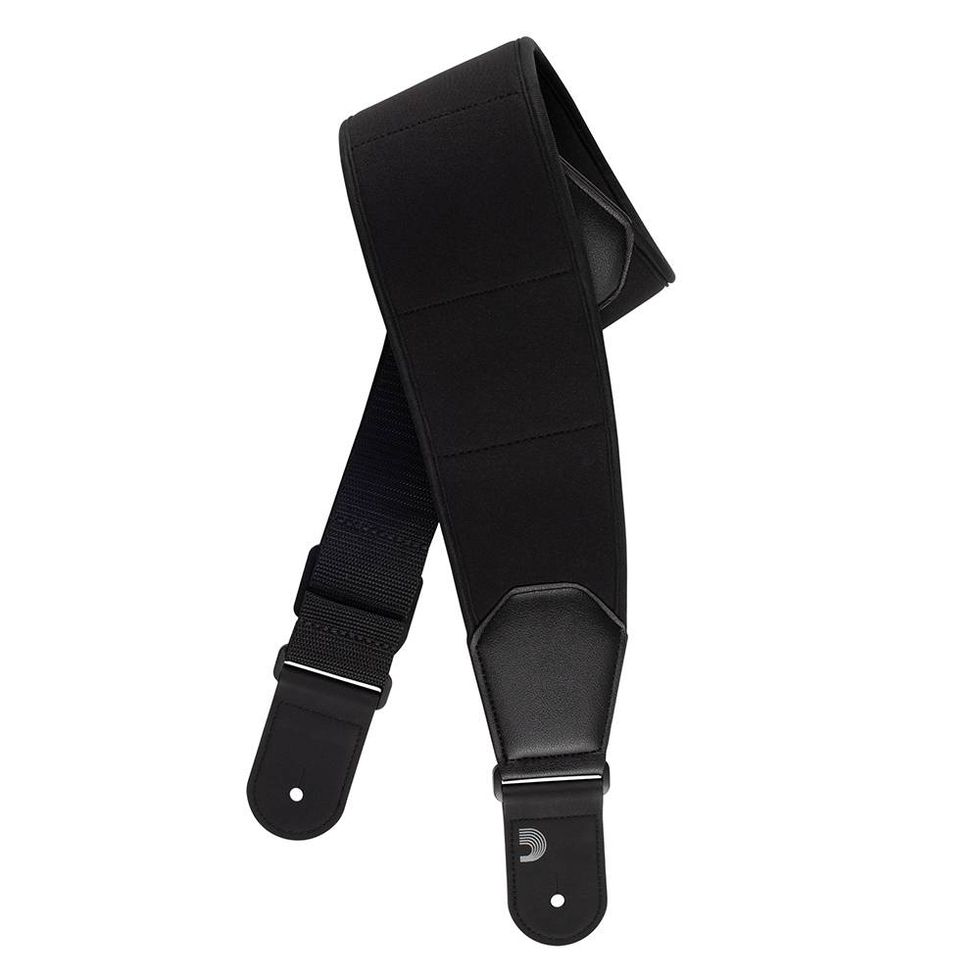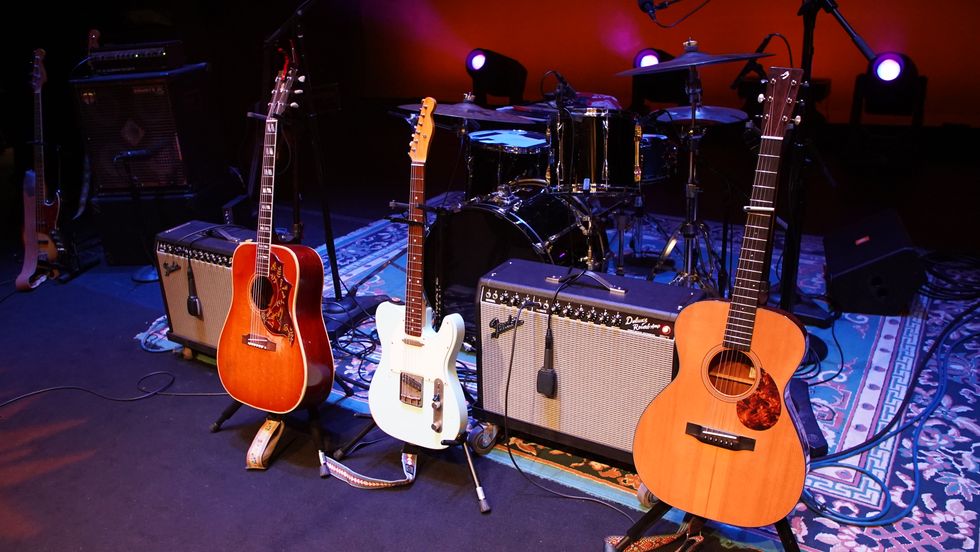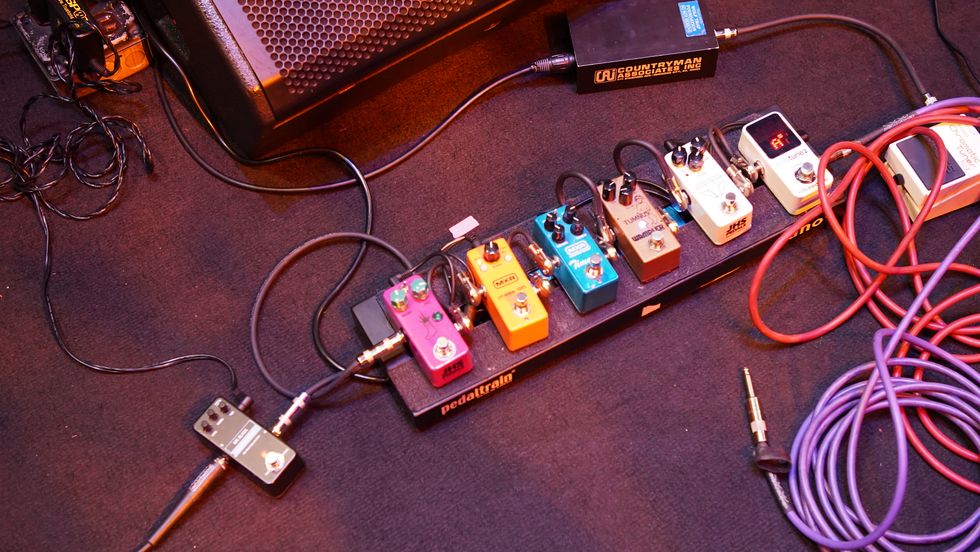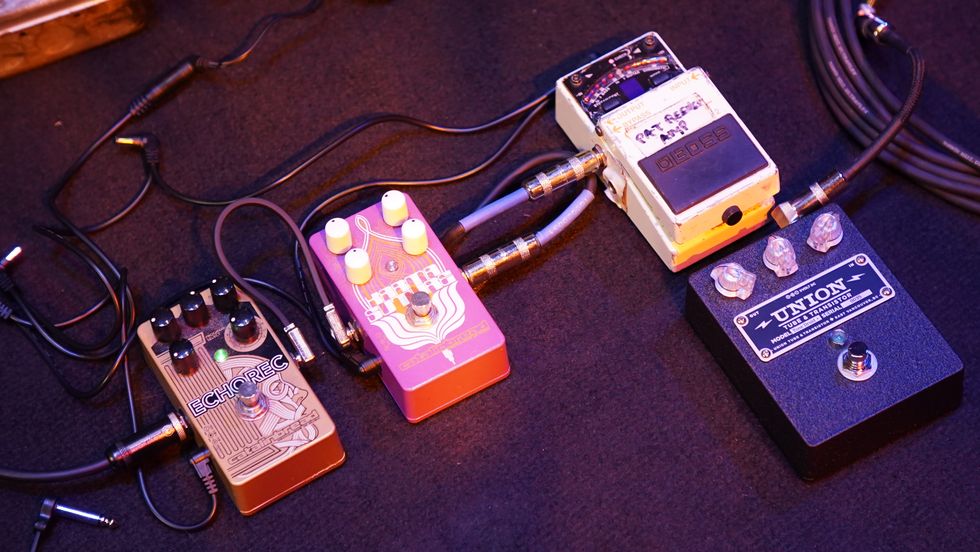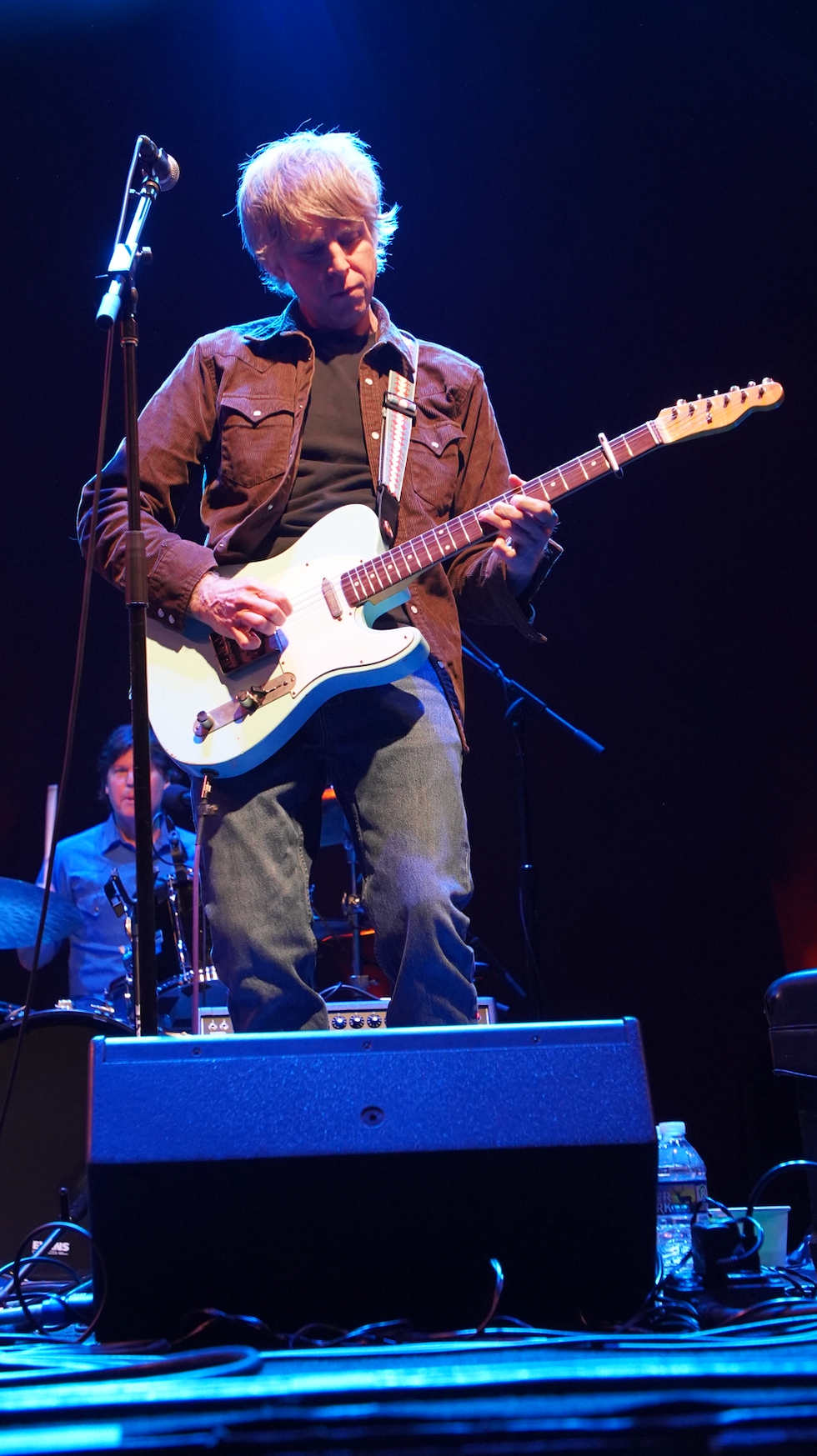Obviously, tone related topics are very subjective in nature. I believe that developing guitar speakers and, for the player, deciding what speaker(s) to use is more of an art than a science. For example, when designing a new guitar speaker, even if I achieve every parameter or specification I intended to match, if the sound quality is no good, my efforts were pointless. The same is true for the guitar player when studying specs and selecting which speaker(s) to use.
I am receiving a growing number of calls and emails from players with questions about speaker data and cabinet design, rather than just “tone talk.” I believe there are a couple of reasons that this is occurring. One is because of the vast amount of information readily available online. Another is the sheer volume of great gear available from which the player can choose. Guitar players can find it difficult to make the correct purchasing decisions amidst all the information and choices.
In future articles, I will explain cabinet design software and give a few practical examples. I’ll also explain some of the difficulties involved with designing cabinets for guitar speakers. My goal for these articles is to help you use speaker data and hopefully dispel some popular misconceptions. Forum talk is generally good information, but can sometimes evolve into misunderstanding. I often find insightful and enlightening information online, but keep in mind, not everything you read is true and what works for one person may not work for you.
The first important step in the process is to understand speaker parameters. I only have space for a few in this article, but I plan to expound on others in future articles. In the early ‘70s, several technical papers were presented to the AES (Audio Engineering Society), which resulted in the development of what we know today as the “Thiele- Small Parameters.” These papers were authored by A.N. Thiele and Richard H. Small. Thiele was the senior engineer of design and development for the Australian Broadcasting Commission and was responsible for the Federal Engineering Laboratory, as well as for analyzing the design of equipment and systems for sound and vision broadcasting. Small was a Commonwealth post-graduate research student in the School of Electrical Engineering at the University of Sydney. Thiele and Small devoted considerable effort into documenting how various parameters define the relationship between a speaker and a particular enclosure. T/S Parameters can be invaluable when choosing a speaker, because they give you insight into the transducer’s real performance, as well as the basic benchmarks of size, maximum power rating or average sensitivity.
| T/S Parameters can be invaluable when choosing a speaker, because they give you insight into the transducer’s real performance, as well as the basic benchmarks of size, maximum power rating or average sensitivity. |
Resonance or Fs, measured in Hertz (Hz), is the point at which the weight of the moving mass of the speaker becomes balanced with the force of its suspension when in motion. If you’ve ever heard a piece of string start humming uncontrollably in the wind, you have seen the effect of reaching a resonant frequency. It is important to know this information so that you can prevent your enclosure from “ringing.” With a loudspeaker, the mass of the moving parts and the stiffness of the suspension are the two key elements that affect the resonant frequency. The Fs of guitar speakers is typically 80Hz- 100Hz, which is the lower frequencies of the instrument.
Re or DCR is the DC resistance of the driver measured with an ohm meter. This measurement is almost always less than the driver’s nominal impedance. Guitar players sometimes fear that their amp will be overloaded when they see Re is less than the nominal impedance. Due to the fact that the inductance of a speaker increases with a rise in frequency, it is unlikely the amplifier will often see the DC resistance as its load.
Le is the voice coil inductance, measured in millihenries (mH). The industry standard is to measure inductance at 1,000Hz. As frequencies get higher, there will be a rise in impedance above Re because the voice coil acts as an inductor. An impedance curve demonstrates this effect (speaker impedance versus frequency). Zmax is the maximum impedance that occurs at Fs.
In the next issue I’ll have more terms associated with speaker data, such as Mms, Vas, Q parameters, sensitivity and power handling.
You are welcome to submit your speaker related questions to info@eminence.com
Anthony “Big Tony” Lucas
Anthony Lucas is a guitarist and Senior Lab Technician at Eminence Speaker LLC, where he specializes in guitar-speaker design and customer support. Big Tony has been with Eminence for over 10 years and is responsible for many well-known guitar speaker designs.
